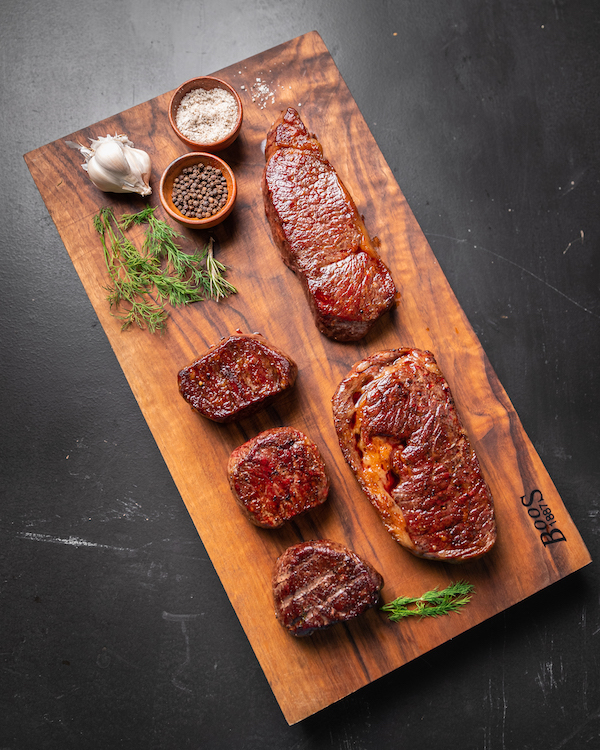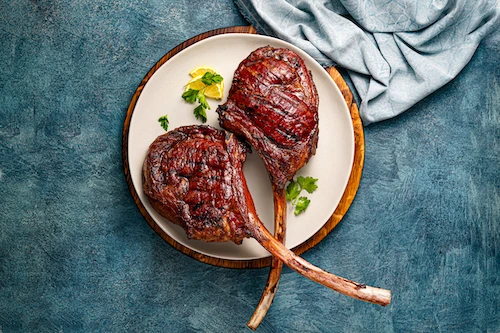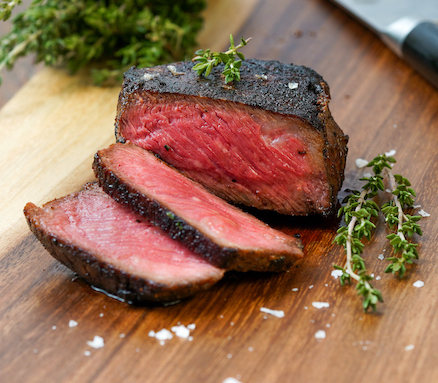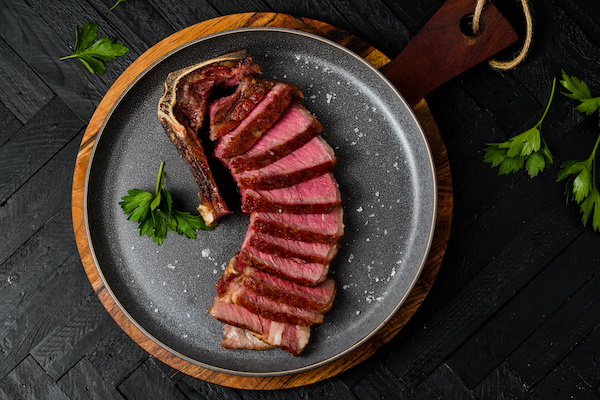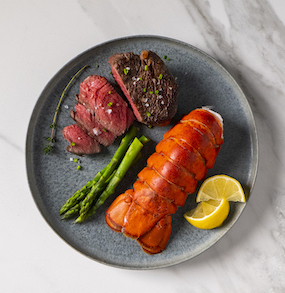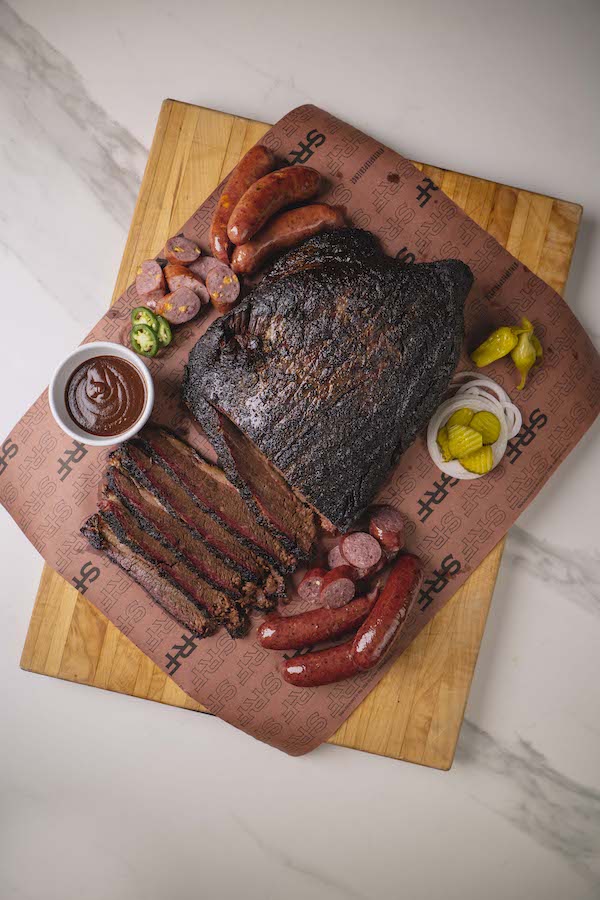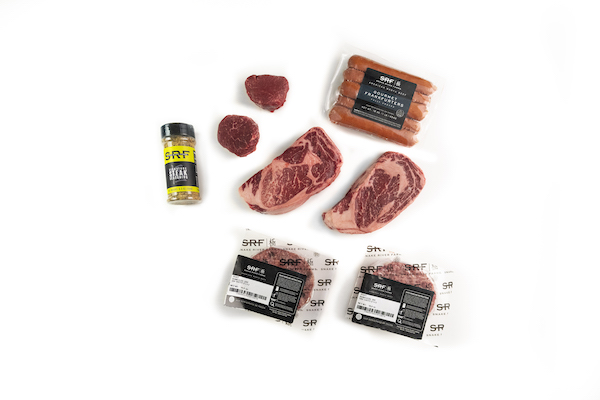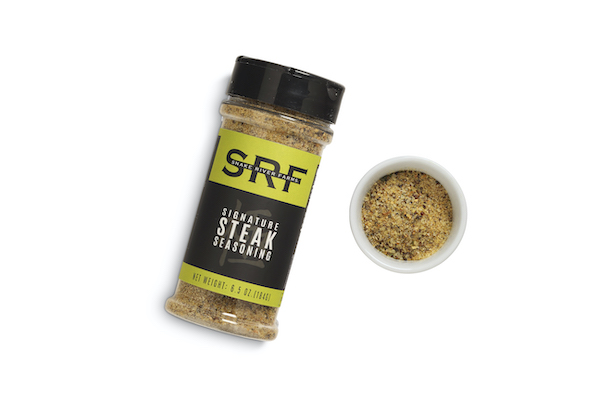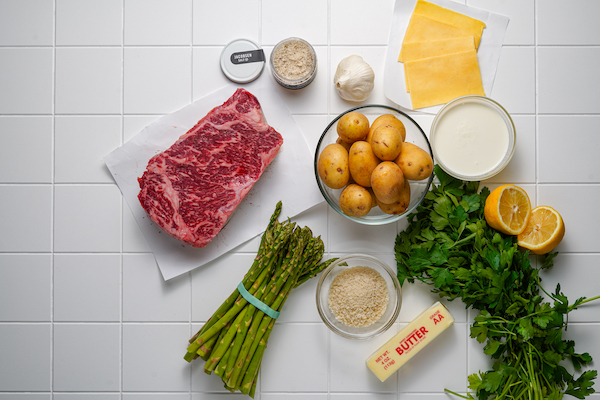Bone-in v. Boneless what's better?
Anatomy of a Meat Bone
Bones have three components:
- Compact bone - The hard, calcified outer shell that bears weight and does not easily dissolve in liquid.
- Marrow - Red marrow is the hard honeycomb portion you see in T-bones and other cuts. Yellow marrow is made up of mostly fat found at the center of leg bones; the compact bone must be sliced or broken to get at this edible marrow.
- Connective tissue and fat - Mostly made of collagen protein, this tissue anchors muscle to bone and melts into flavorful gelatin when cooked.
The important thing to note here is that compact bone effectively prevents any marrow from escaping into the meat while it cooks. That means the idea of meat gaining “extra” flavor from the fat inside the bone is simply not true.
COOK ME TENDER
Although the bone is a tough nut to crack, the way you cook meat can make a difference on how the bone affects the rest of the cut. Wet cooking methods, which involve submerging meat partially or entirely in liquid like wine and heating slowly, can coax a bit of marrow out of its hard shell. Dishes like ossobuco glean richness from the braising process, as well as from gelatinized connective tissue in the mix.
Dry cooking methods, like grilling or oven roasting, don’t access the marrow at all. Even if the bone has been sawn open, as in a T-bone or ribeye, the tiny amount of liquid in red marrow can’t travel more than a fraction of an inch, which isn’t enough to make a noticeable flavor
A HEATED MATTER
The only way a bone-in cut differs from its boneless cousins in cooking terms is through insulation. Air pockets in bone tissue act like natural insulator, heating more slowly than muscle and retaining heat much longer. That means the meat right next to the bone cooks more slowly than the center or edges of the cut — which is why you must insert your meat thermometer away from the bone to get a truly accurate temp reading — and continues cooking once removed from the heat source to rest. Because this part of the steak is protected from heat by the bone, it often remains juicier and more tender than more distant portions.
EATING WITH YOUR EYES
The bottom line is one of preference and aesthetics. A big bone-in ribeye like the Tomahawk is way more impressive on the plate than, say, a filet mignon — even though the filet is considered the most tender of all cuts. Seeing that long bone can prime your appetite for the impending flavor explosion that American Wagyu steaks are famous for. Chefs and epicureans like to say, “you eat with your eyes,” meaning how food looks influences our subjective response to how it tastes. Whether you prefer gnawing every last shred of tasty tissue off the bone or neatly cutting into a boneless striploin roast, you’ll find an exceptional dining experience with any SRF Black Label™ and SRF Gold Label™ Wagyu beef.

